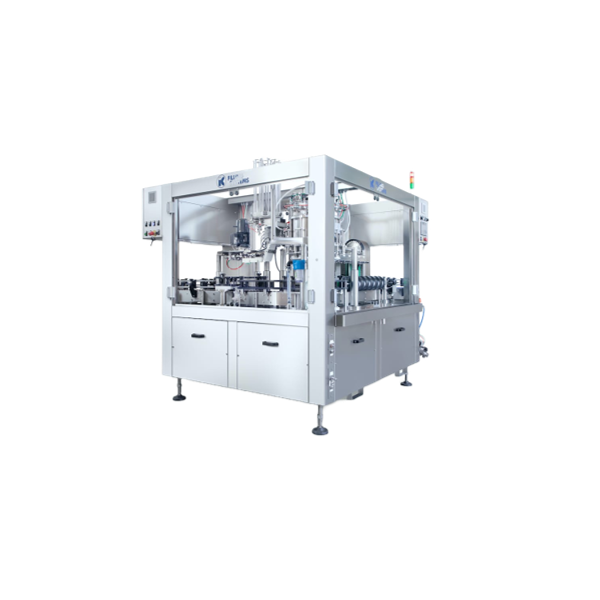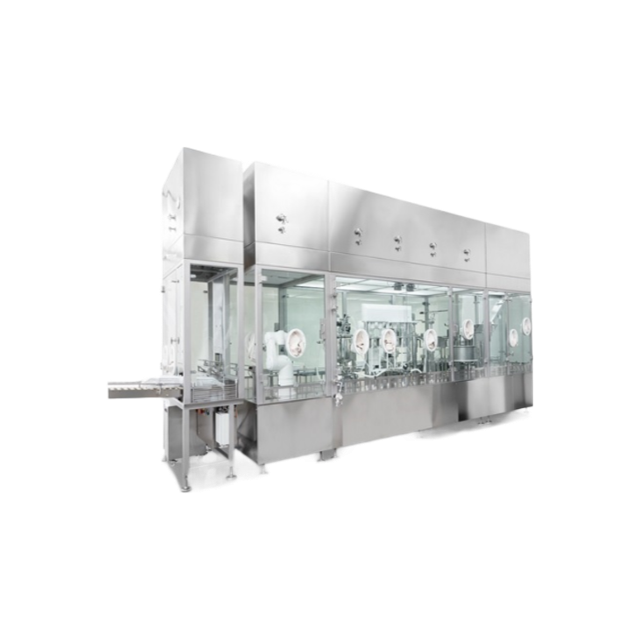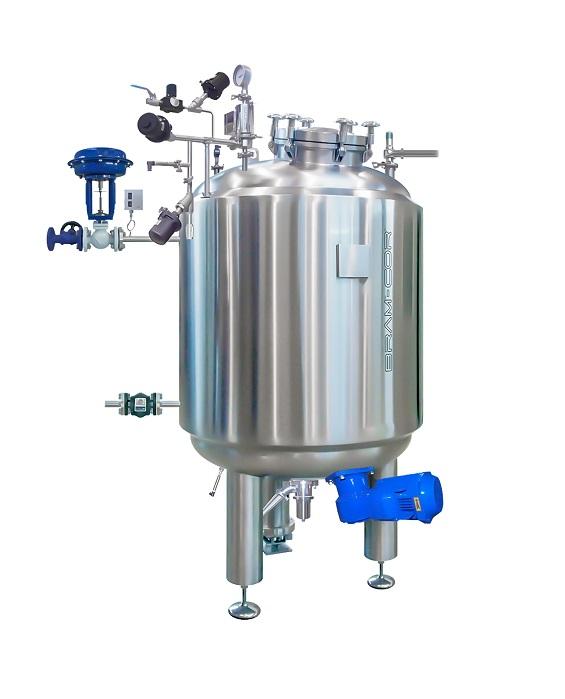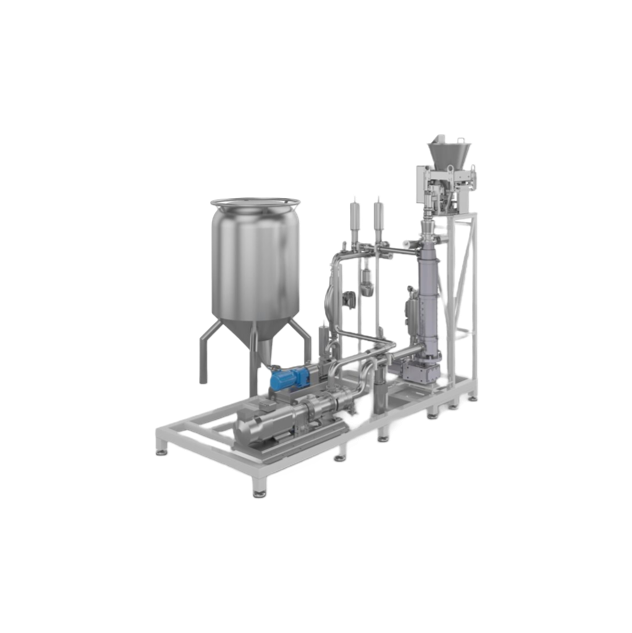
Making Liquid Detergents
Find innovative production technology for making liquid detergents and connect directly with world-leading specialists
Although invented in the early 20th century by Otto Rohm, detergents gained popularity in the 1950s due to the development of modern technology and washing machines which started replacing scrub boards. The liquid detergent manufacturing process involves three key stages: soap premix manufacture, ingredient mixing and enzyme addition.
Select your liquid detergents process
Tell us about your production challenge
The essential steps in the liquid detergent manufacturing process
In addition to liquid laundry and dish-washing liquid detergents, household cleaners such as floor cleaning liquids or glass cleaners are also classified as liquid detergents. All these detergents can be produced in the same plant. Substantially, liquid detergents are powders mixed with water and chemical solutions called solubilizers, making detergents dissolvable in water. The first stage of the liquid detergent manufacturing process consists of neutralizing fatty acids with either caustic soda or potassium hydroxide.
After the chemical reaction and the premix step, ingredients such as thickeners and pH adjusters are added to a homogeneous mixer. These balancing ingredients are essential to achieve desirable viscosity, stability, and pH value. In the enzyme addition stage, powdered enzymes are added to the cooled mixture due to their delicate nature.
Their role is to break down tough stains and soils. Enzymes like lipase are good for removing grease and oil while amylase, for instance, can remove starch-based or carbohydrate soils. Lastly, liquidized detergents are pumped into bottles by a filling system, weighted on weighing devices and sealed by a capping machine.
What’s the difference between liquid dishwashing detergent and liquid laundry detergent?
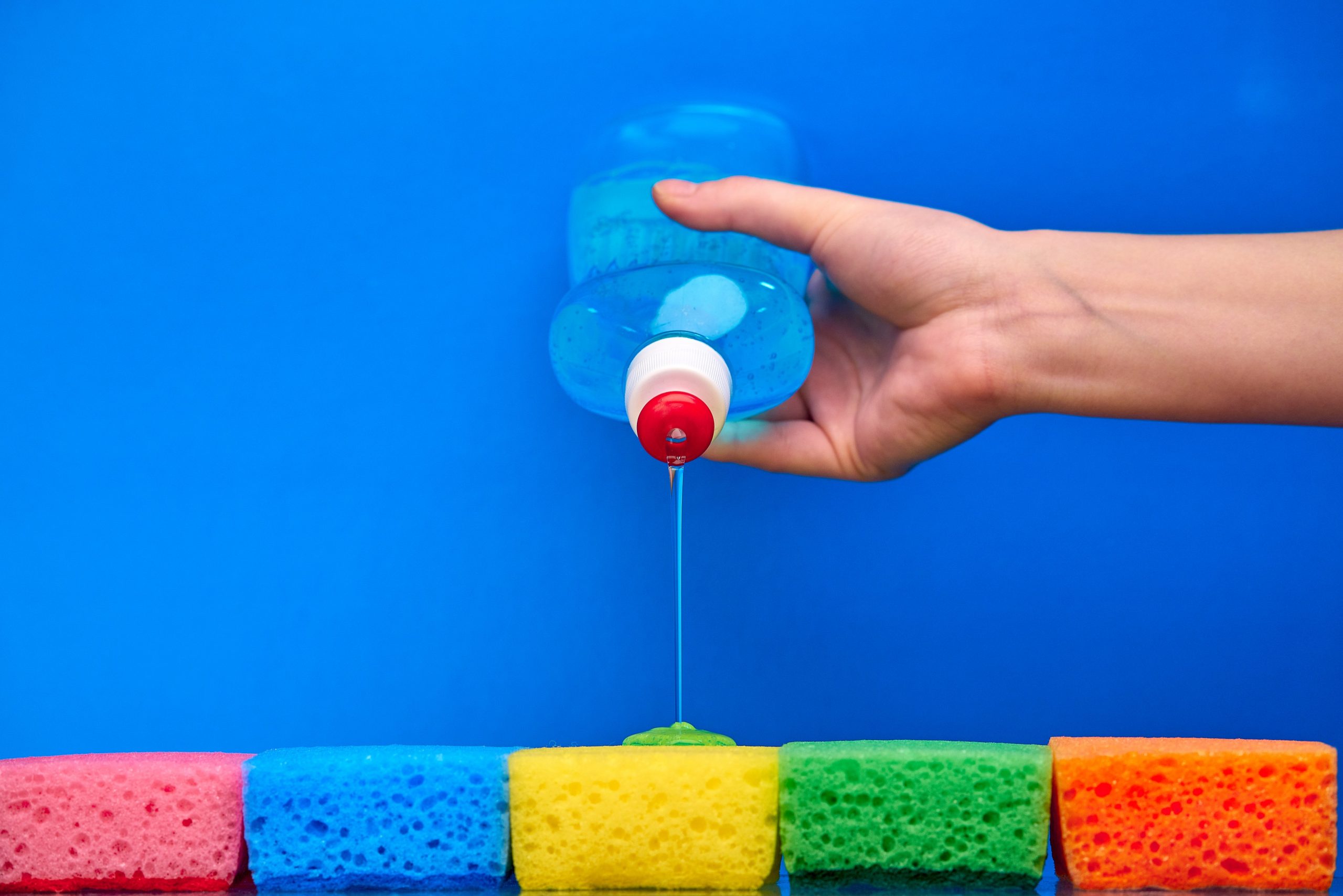
The formula of the two liquid detergents is almost very similar even though, if you think about it, they are designed for totally different applications.
Since dishwashing detergents are designed for frequent contact with human skin they contain mildness additives and antibacterial agents. Moisturizing agents, oils and protein compounds are added to protect the skin and prevent tears. They also contain chelating agents and preservatives due to oxidation. Furthermore, dishwashing detergents use sodium Laureth sulfate as a surfactant which acts as a foaming agent.
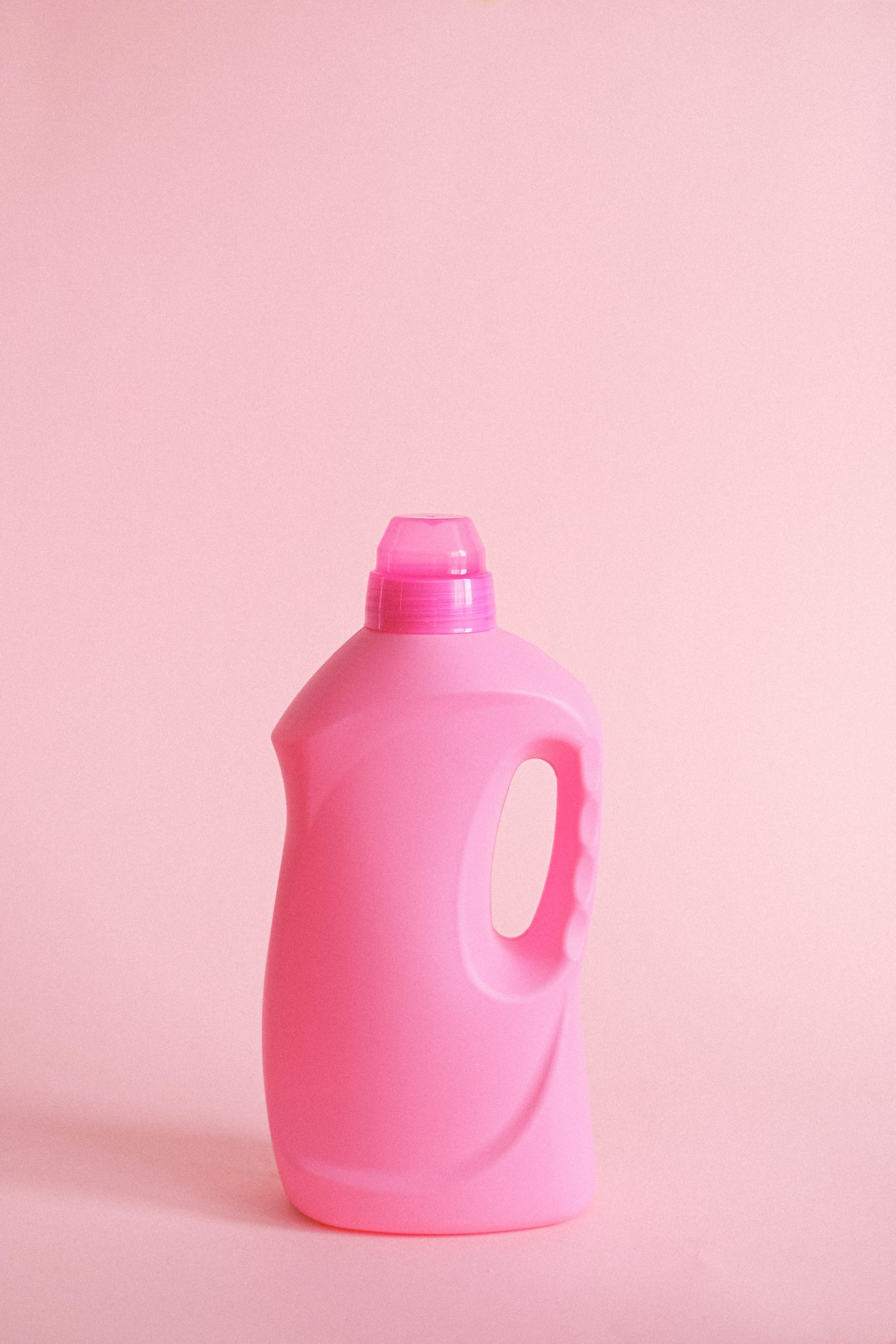
On the contrary, surfactants used in liquid laundry detergents are alkyl or aryl sulphonates, which restrict suds. The use of enzymes in laundry detergents is essential since they exterminate stains that grip the fabric. Moreover, laundry detergents use ingredients specified for protecting fabric and washing machine parts. Builders improve the effectiveness of the surfactant, polymers help capture soils and prevent dye from coming off and transferring to textile, bleach preserves color while softeners reduce fabric friction. Finally, corrosion inhibitors protect the parts of washing machines from corrosion.
The environmental impact of liquid detergents
In recent years, the detergent industry has faced various environmental challenges, since detergents contain several harmful chemicals. Surfactants damage the protective layers of fish, leaving them vulnerable to parasites, bacteria and other pollutants. Another problem caused by a standard surfactant was foam creation in the nation’s waterways. It was discovered that the problem was caused by ABS (alkyl-benzene sulfonate). Nowadays, manufacturers replaced ABS with LAS (linear alkylate sulfonate), which biodegrades faster than ABS.
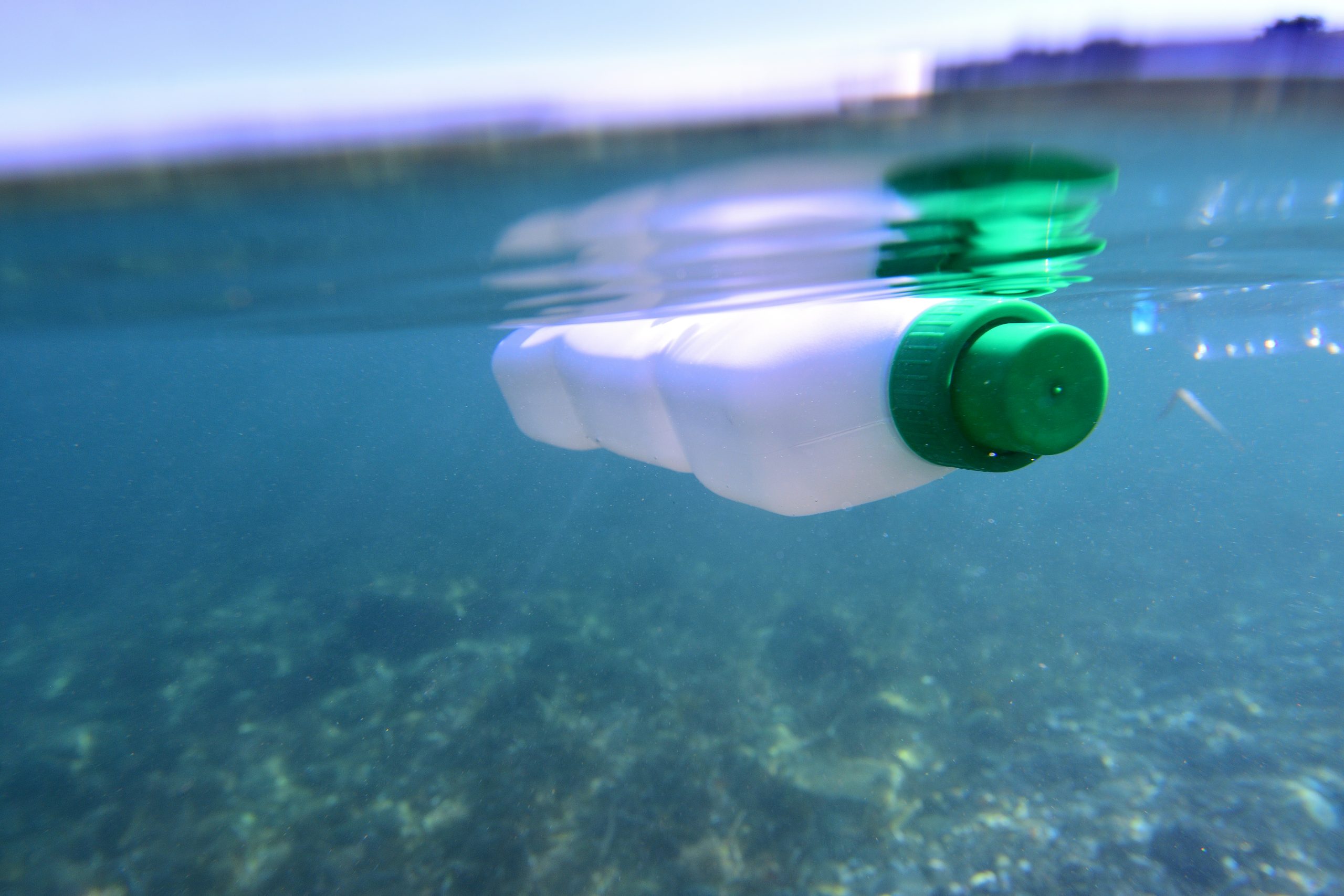
Although phosphates were banned for causing eutrophication by inducing algae population explosions, environmental damage is still driven by its alternatives. Chemicals such as nonylphenol ethoxylated, acetaldehyde and benzene further contribute to water and air pollution.
Additionally, liquid detergents are sold in plastic bottles, which end up in oceans, waterways and landfills. However, manufacturers of liquid detergents are looking for solutions to avoid harming the marine environment. Eco-friendly solutions are being developed such as detergents made with plant-based ingredients and biodegradable packaging.
Processing steps involved in liquid detergents making
Which liquid detergents technology do you need?
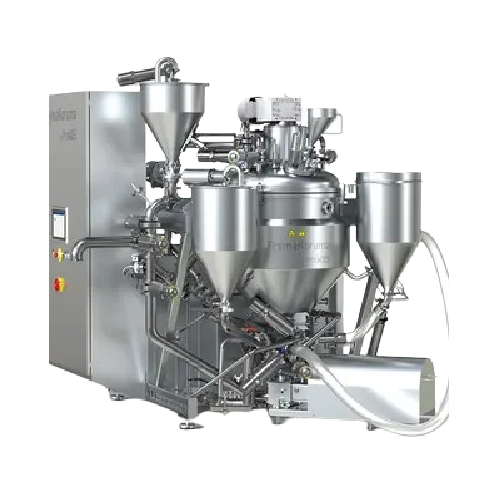
Vacuum deaeration system for mustard and liquid detergents
In the food and chemical industries, maintaining product qual...
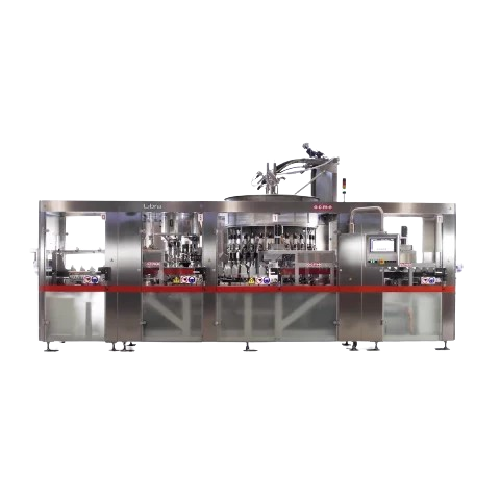
Rotary weight filler for Pet and Hdpe bottles
In production environments where filling accuracy and quick format changeove...
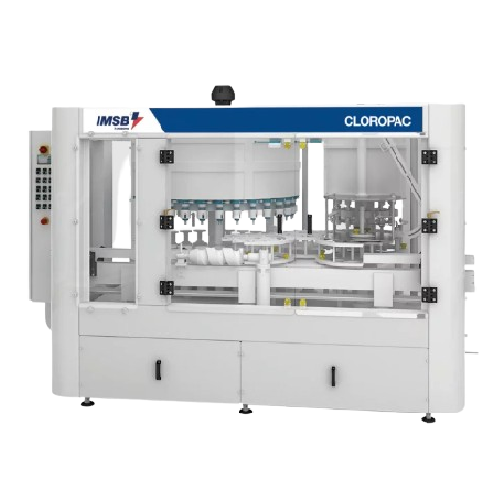
Gravimetric filling and capping system for chlorine solutions
Industries handling chlorinated or corrosive products face...
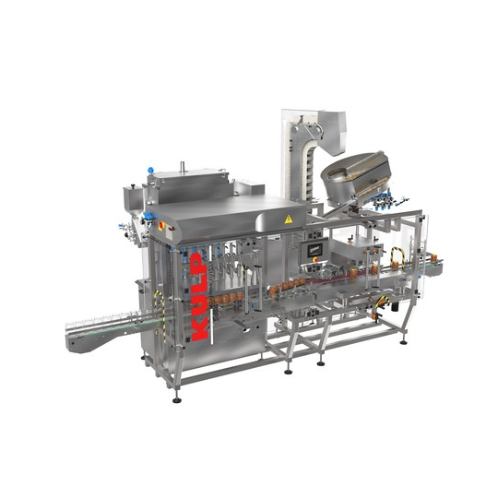
Volumetric filling and capping solution for liquids and viscous products
In the food and cosmetics industries, efficien...
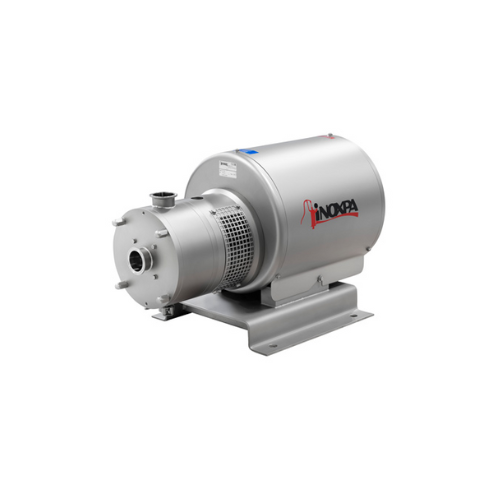
In-line high shear mixing solution
In various production processes, such as those in the chemical, food-processing, pharmac...
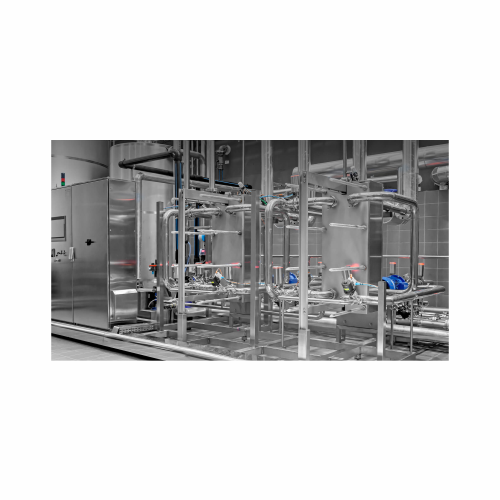
Automated system for cleaning in place (cip)
In industries where food and beverages are processed, maintaining hygiene and...
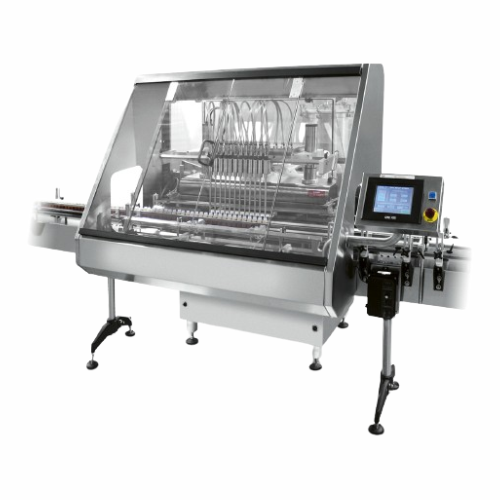
Positive displacement gear pump liquid filler
In manufacturing environments, precise liquid filling is essential for maint...
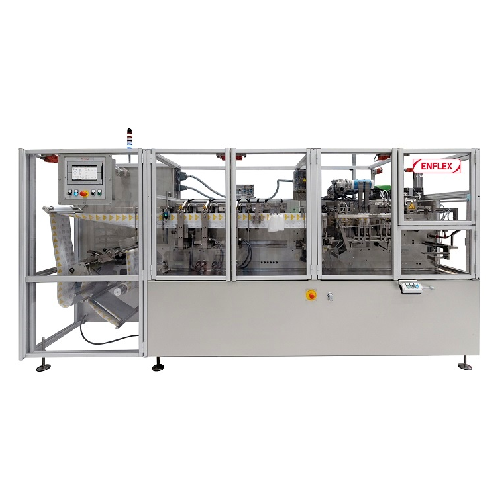
Horizontal flat pouching system for liquid soaps
In the personal care industry, packaging liquid soaps efficiently and rel...
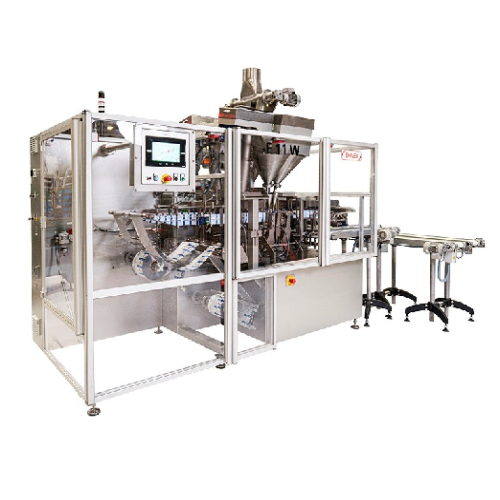
Horizontal flat pouching line for liquid soaps
Manufacturers of liquid soaps often face the challenge of efficiently packa...
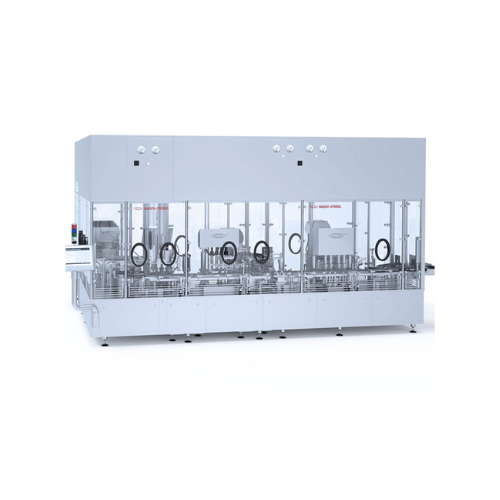
Filling and closing solution for plastic bottles
Producing pharmaceutical, cosmetic, or other liquid products often requir...
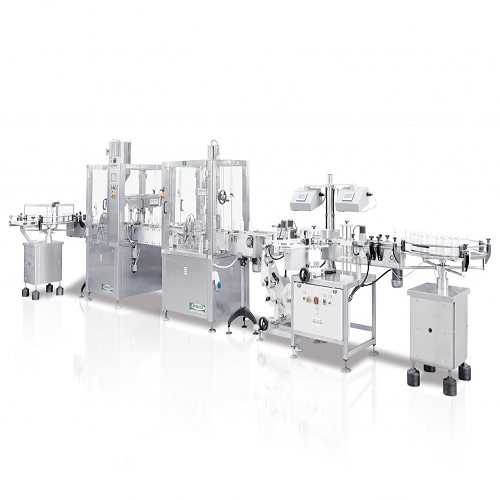
Automatic bottle filling and capping line
Industrial settings requiring efficient and precise bottle filling and capping o...
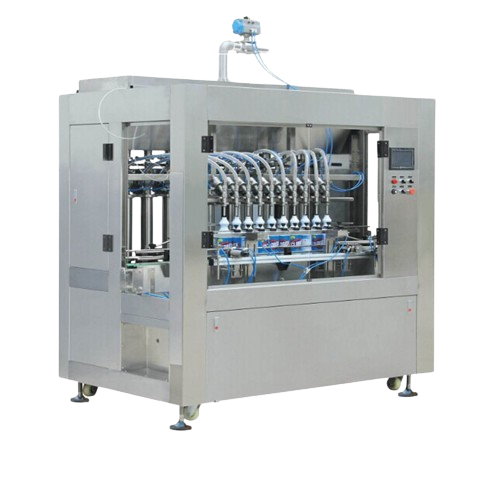
Automatic detergent shampoo filling solution
In the production of daily chemical products such as detergents and shampoos,...
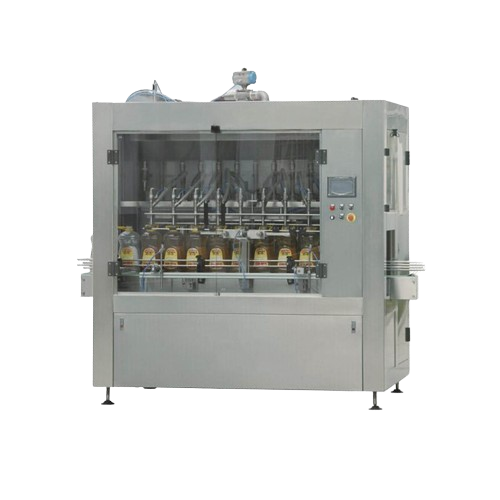
Automatic food cooking oil bottling solution
In the food and chemical industries, precise and efficient oil bottling proce...
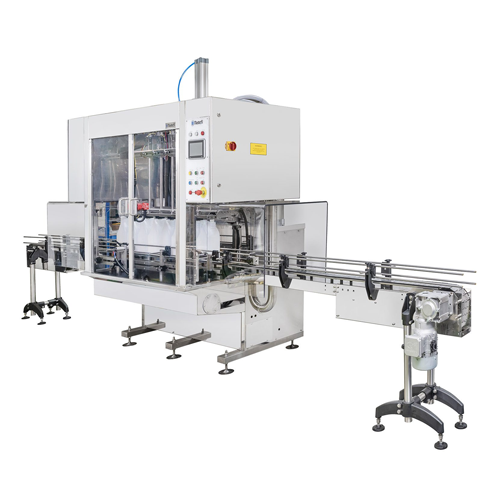
Automatic volumetric filler for liquid products
In industries where precision and efficiency are paramount, such as food a...
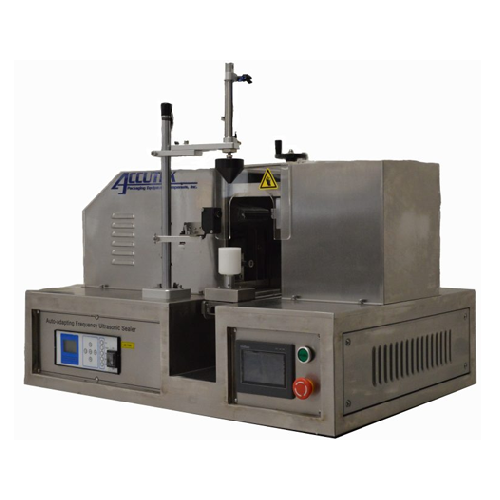
Ultrasonic tube sealer for plastic tubes
When working in environments such as medical, cosmetic, scientific, or food indust...
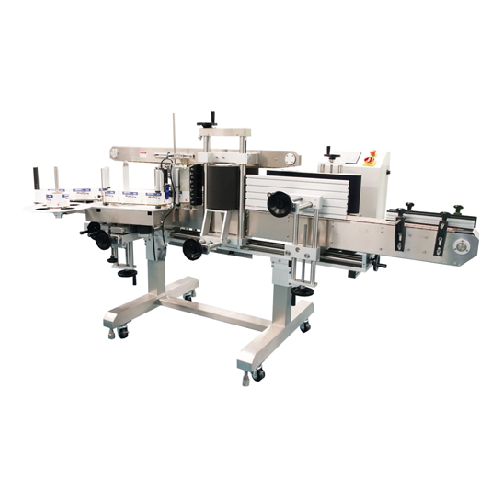
Automatic pressure sensitive labeling system
In the packaging industry, precise and efficient labeling of various containe...
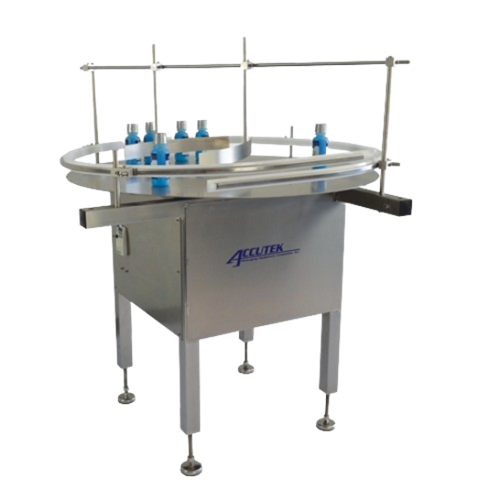
Container unscrambler for filling lines
In many industrial production lines, especially in the packaging sector, there is a...
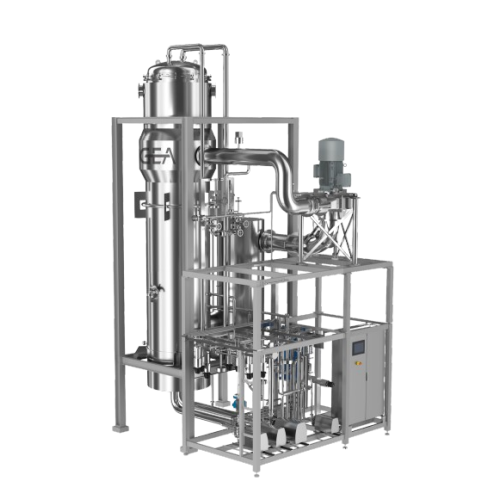
Compact plate evaporator for temperature-sensitive products
When dealing with temperature-sensitive or viscous products,...
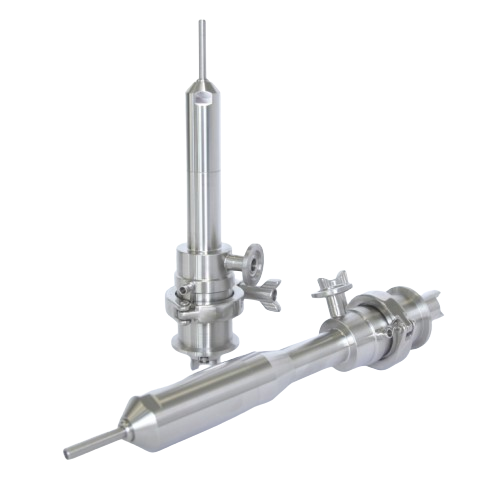
Accurate pharmaceutical dispenser for high-viscosity fluids
In pharmaceutical production, precise dosing of high-viscosi...

Pressure monitoring solution for dosing processes
Accurate pressure monitoring is critical in dosing applications especia...
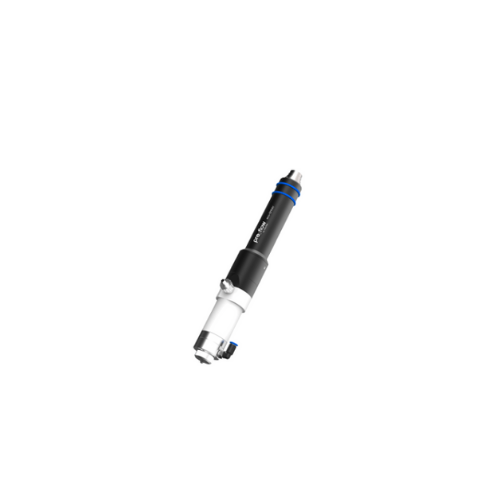
Automated precision spraying dispenser for high viscosity materials
In industries requiring exact dosage and precise ed...
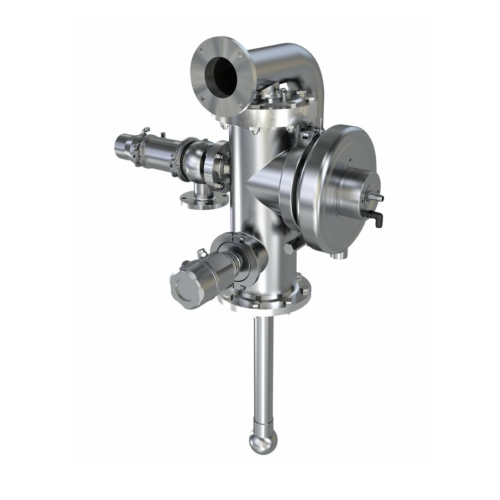
Vessel dome fittings for tank protection
In highly automated liquid processing systems, managing the flow of products, gase...
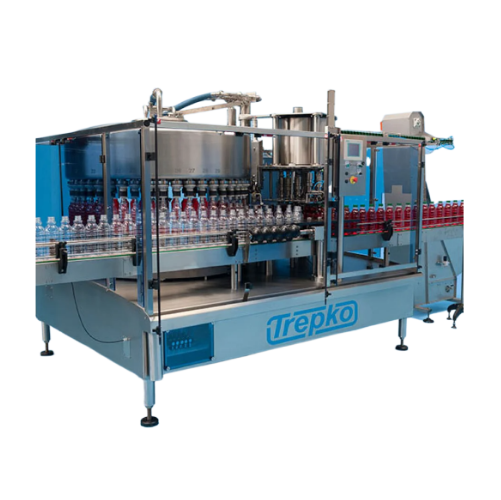
Bottle filling system for diverse specifications
In industries where bottle filling is a key process, maintaining high hyg...
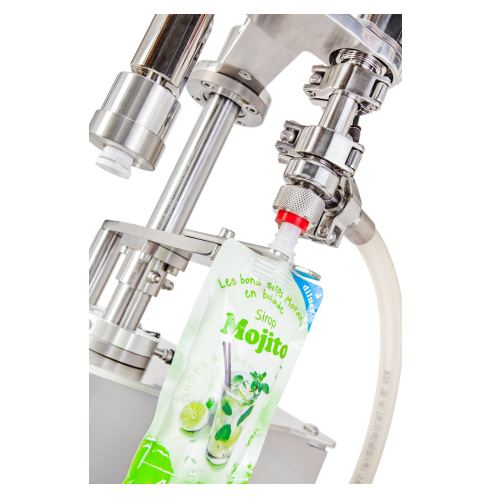
Manual monoblock for filling and capping spouted pouches
In industries where precise filling and capping of flexible pouc...
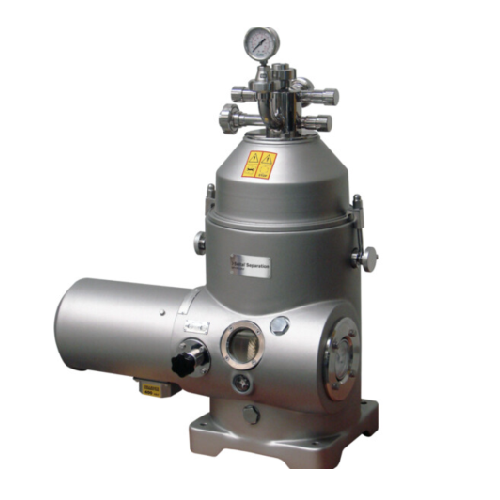
Solids retaining separator for liquid/liquid/solid separation
In industries requiring efficient separation of liquids an...
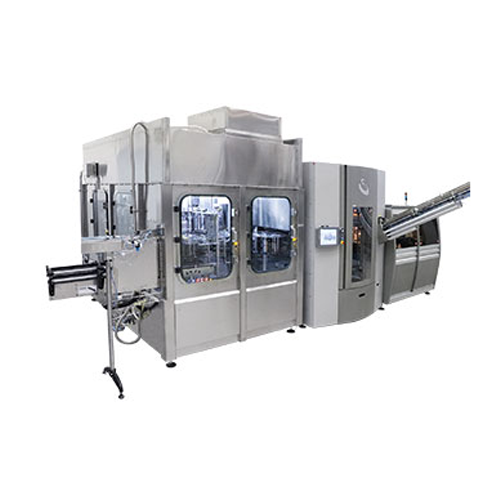
Integrated stretch-blow moulding, filling, and capping system for still liquids
In beverage manufacturing, ensuring hi...

Cannabis nanoemulsification system for high-precision production
Producing water-soluble cannabis products like beverage...
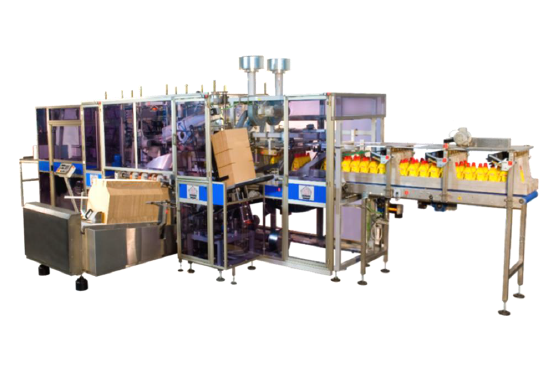
Multifunction case packer for bottles and jars
New ways of packaging products are popping up all the time on the market. T...
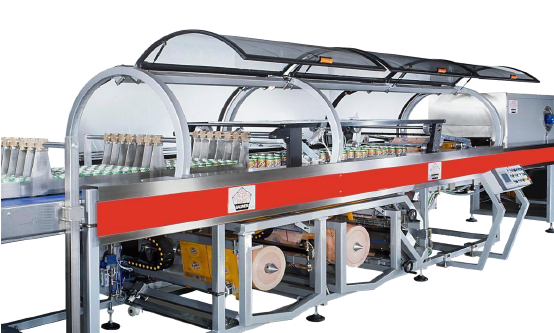
Shrink wrapping machine for PET bottles
During a shrink-wrapping process, a change of reel can slow down the production cyc...
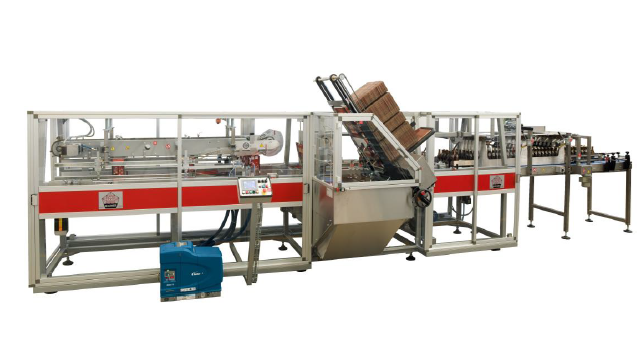
Wrap-around case packer for cans or bottles
When it comes to beer packaging, most of the manufacturers use plain box carto...
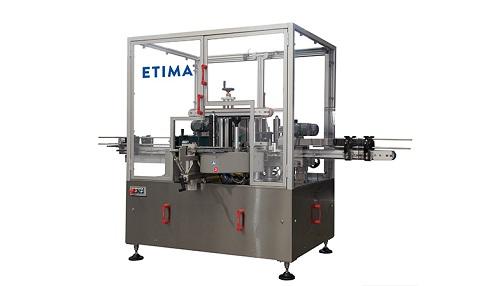
Self-adhesive linear labeling machine for bottles
It is vital to have precise and long-lasting labels on bottles to avoid...
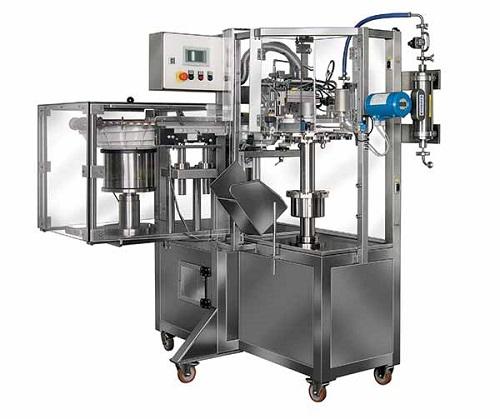
Low speed Filler for large-volume parenterals
Large-volume parenteral bottles are usually manufactured with a resin that c...
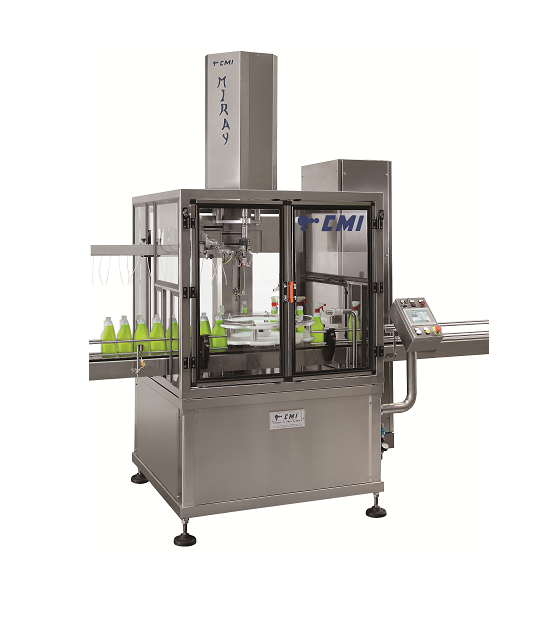
Automatic bottle capping machine
Traditional bottle capping systems are inflexible, limiting the scope of your packaging and...
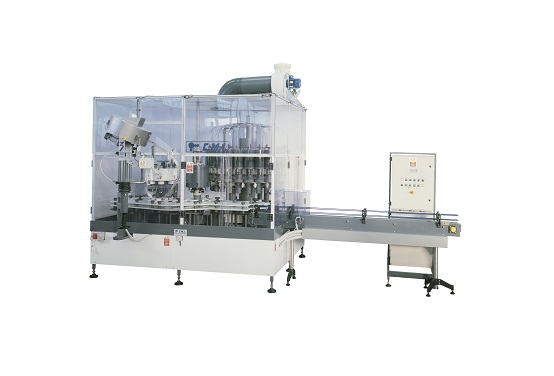
Acid filling machine
Traditional filling solutions are not appropriate for corrosive substances as they make extensive use of...
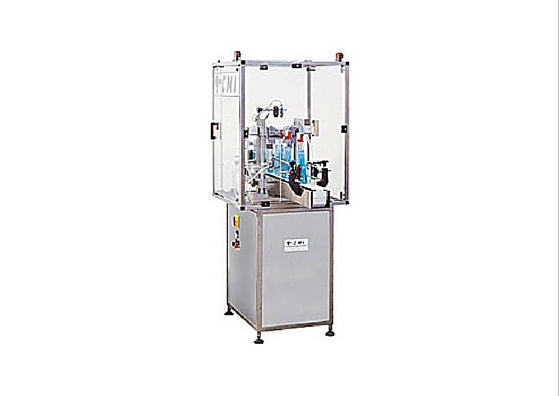
Semi-automatic trigger capping machine
Trigger spray bottle are the ideal capping solution for many chemical and household ...
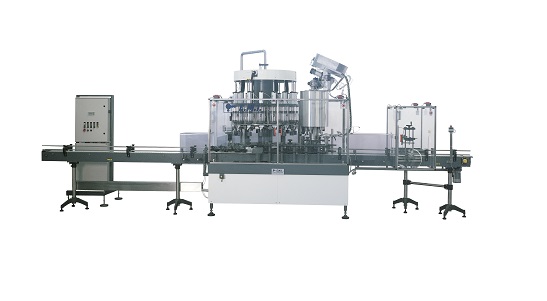
Liquid detergent filling machine
Filling of liquid detergents requires specialised equipment because of the foaming nature o...
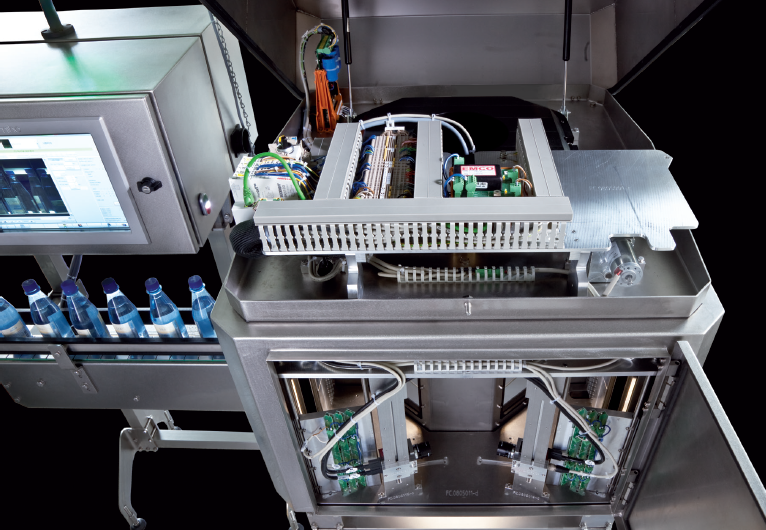
Versatile bottle sorting system
Quality bottle sorting machine and inspection system which can be put to use not only after ...
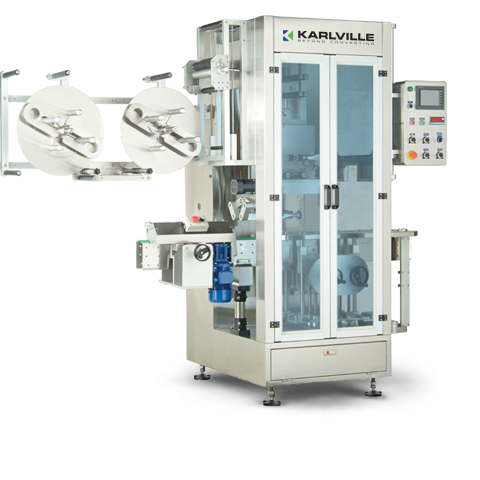
Shrink sleeve applicator - 400 per minute
Flexible medium to high speed application of shrink sleeveing to containers is u...
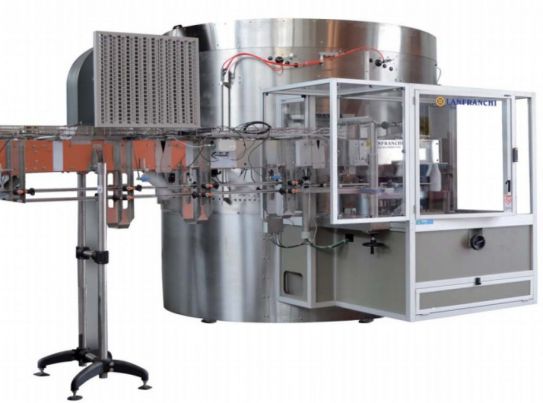
High-speed unscrambler for large bottles
Large volume plastic bottling plants need high-speed unscramblers suitable for lar...
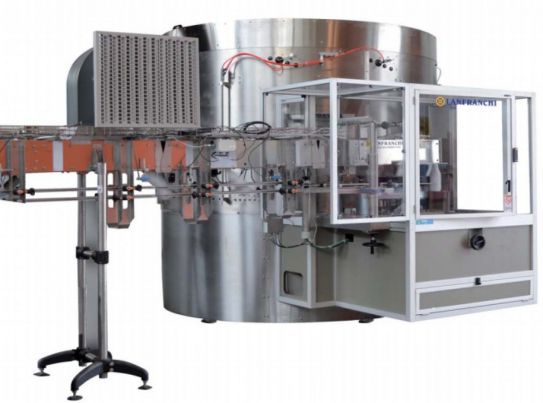
High-speed unscrambler for small bottles
Large-scale production of smaller volume bottled product needs a gentle, accurate ...
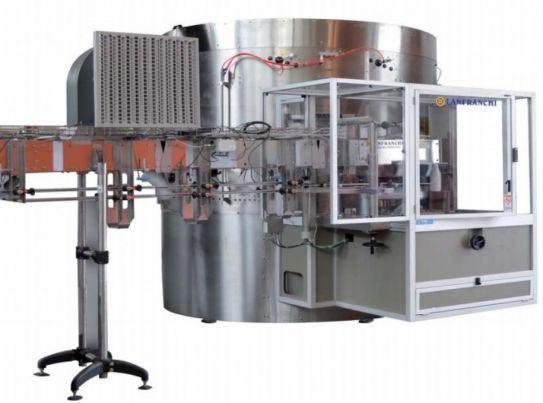
Low-speed unscrambler
Smaller plastic bottling lines need a lower cost, lower volume unscrambling machine that maintains gent...
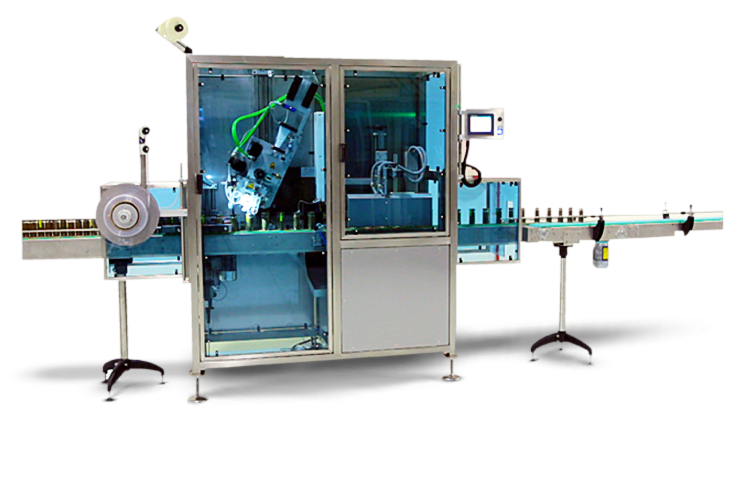
Compact shrink sleeve applicator
Adding tamper prevention to product packaging can be expensive and difficult to set up. Thi...
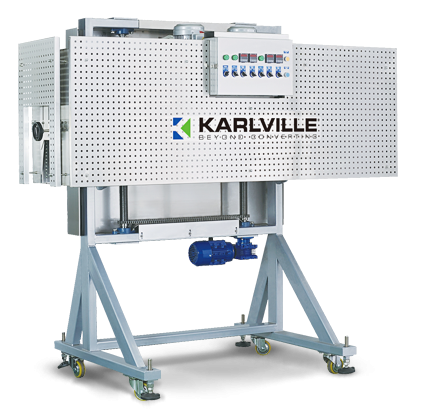
Electric shrink tunnel solution
Adapting shrink sleeve heating tunnels for different applications can be a lengthy and expen...
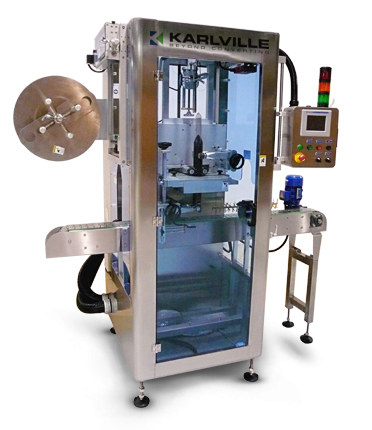
Low speed can sleeve applicator
Flexible automatic low speed application of shrink sleeving to cans is used in various indus...
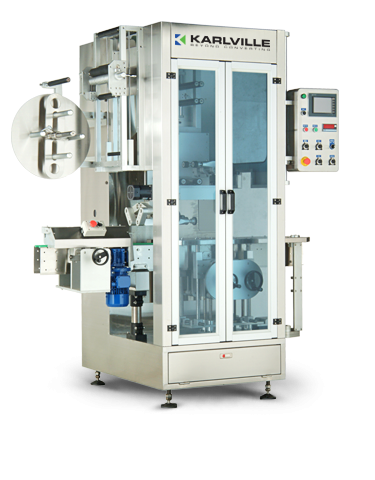
Low speed shrink sleeve applicator
A variety of industries require flexible addition of shrink sleeves to containers on the...

Laboratory size auto-steam shrink system
When managing sleeving projects, fast prototyping and testing can gain massive com...

Shrink sleeve applicator - 600 per minute
Several industries require the flexible addition of shrink sleeves to containers...
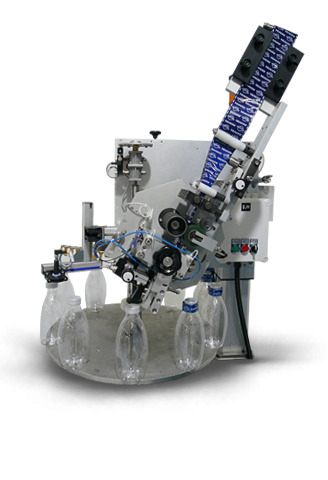
In-line tamper evident applicator head
Integrating tamper protection equipment into an existing production line means addit...
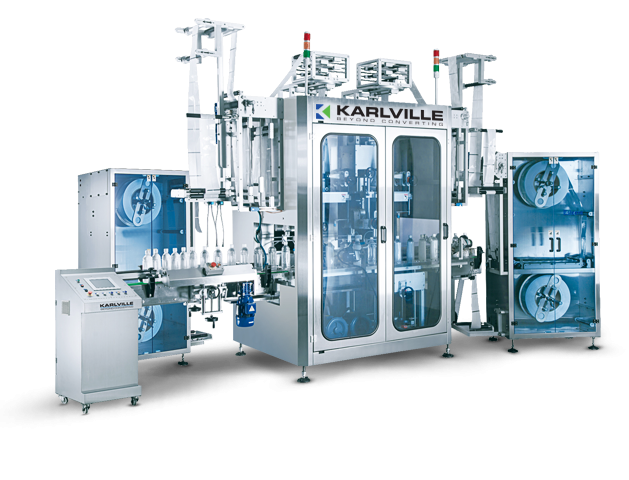
Shrink sleeve applicator - 800 per minute
High speed, in-line shrink sleeving systems require dual head capability with hi...
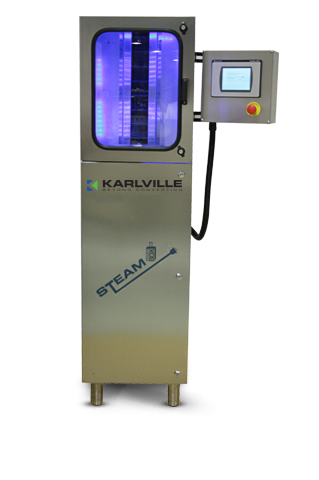
Advanced auto-steam shrink system
Design and development of shrink sleeves could be made much easier if small batches of sa...
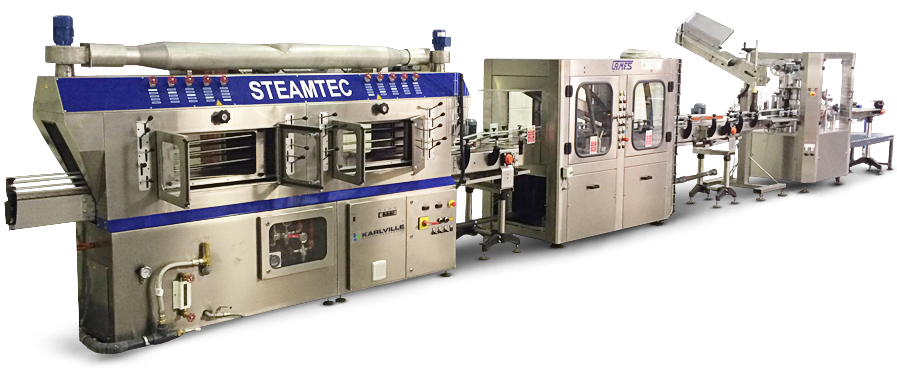
Premium steam tunnel for sleeve application
Maximum flexibility in terms of pressure, temperature and ramp setting and adj...
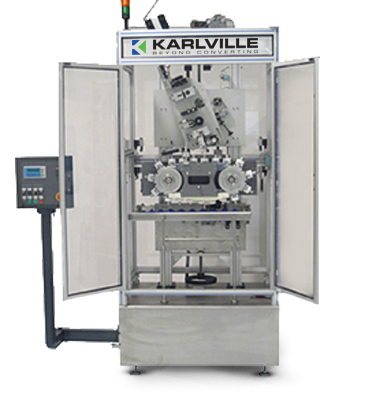
Tamper-evident sleeve applicator for caps
Reliability, continuity and changeover time are key success factors for tamper-e...
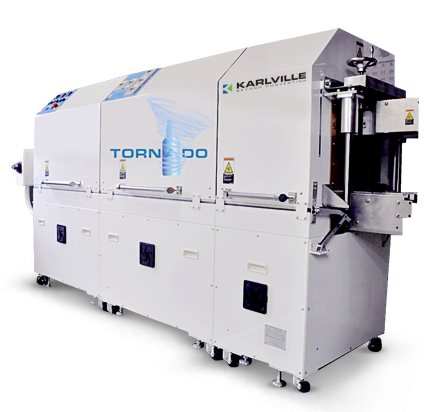
Energy efficient tunnel for sleeve application
Hot air application of shrink sleeves is much more efficient than tradition...
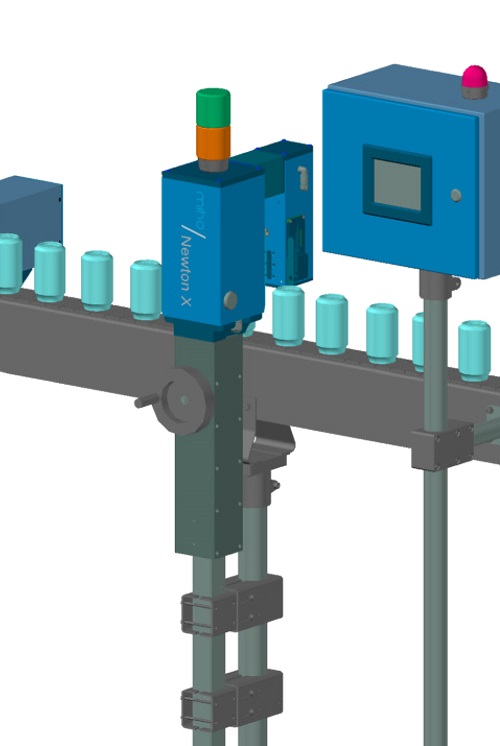
X-ray fill level controller
For containers that are difficult to see through, such as cans or cartons lined with aluminium, ...
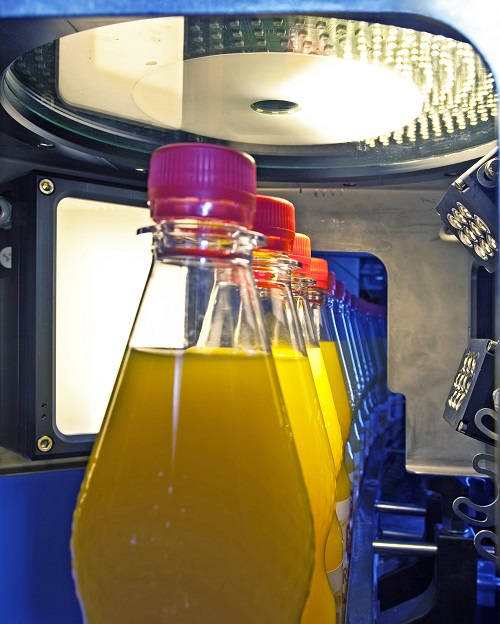
Optical fill level controller
Accurate fill level inspection for transparent, opaque and foaming liquids, that makes sure th...
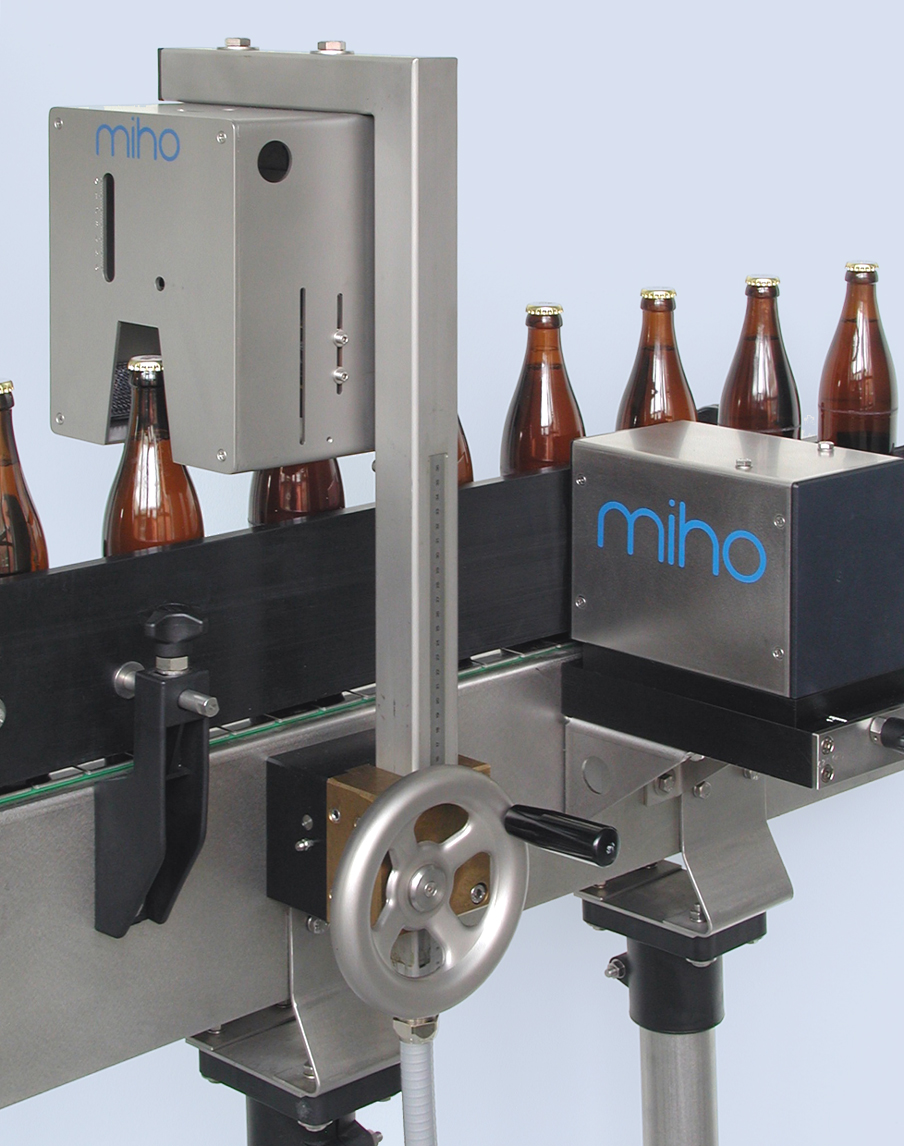
High-frequency fill level controller
In terms of high-frequency technology, the fill level detection is considered a standa...
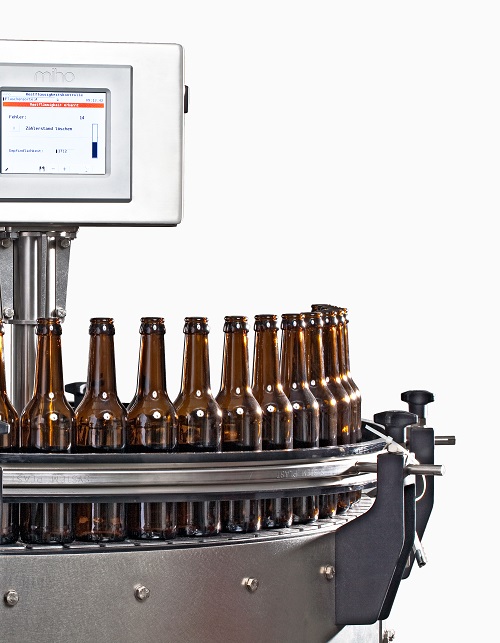
Advanced residual liquid inspection system
Advanced and easy to use inspection system that eliminates the risk of residual...
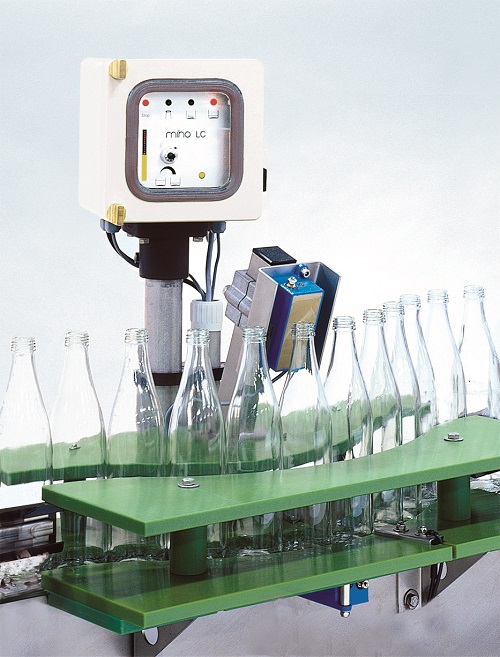
Residual liquid inspection system
Inspection system that eliminates the risk of residual liquid, water or left over drink i...


